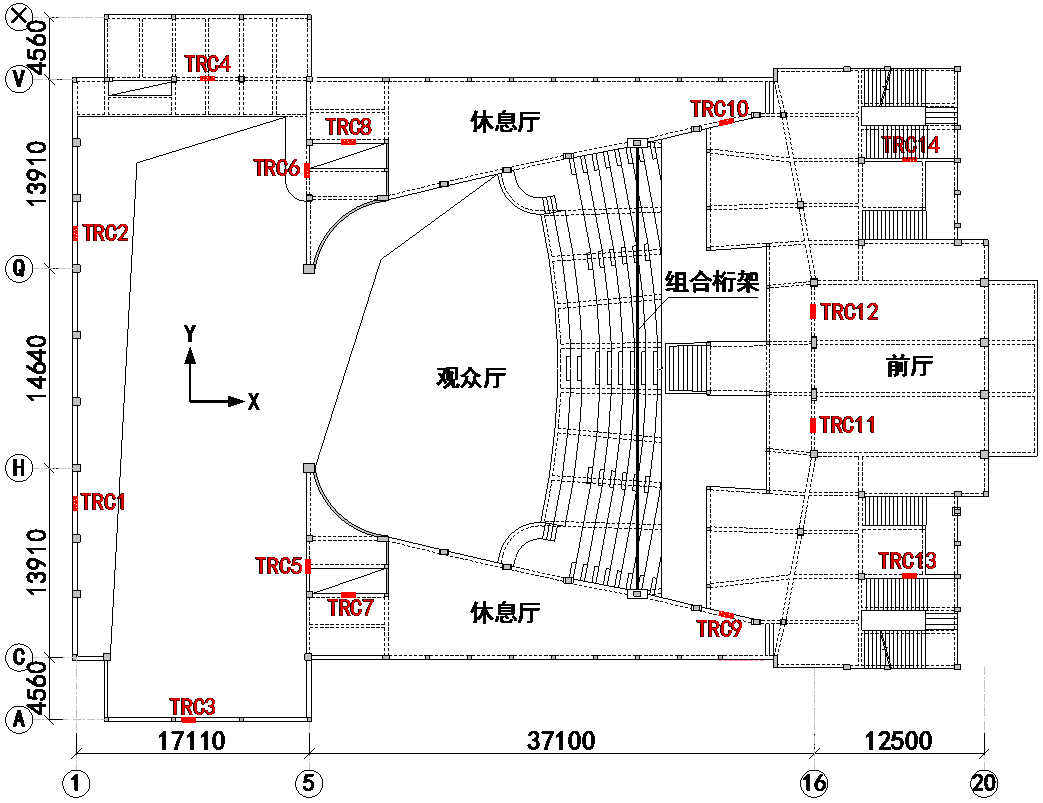At present, although China’s prefabricated construction industry is developing hot, the development process is not smooth.
It is also to adapt to this change and meet this demand to list prefabricated construction workers as a new occupation.
91) issued by the Ministry of housing and urban rural development, The Ministry of housing and urban rural development organized China Construction Education Association and other units to draft the industry standard professional standard for prefabricated construction professionals (Draft for comments).
Adhere to market orientation and overall promotion.
According to the regional economic and social development and the technical conditions of the construction industry, cities and counties should be encouraged to adjust measures to local conditions, step by step, summarize experience in time, and form a work pattern of local driving the whole…
After all, they can no longer train freshmen and reserve forces as extensive as the development of traditional construction industry in the past.
General requirements The development of prefabricated buildings is a major change in the construction mode, an important measure to implement the decision-making and deployment of the CPC Central Committee and the State Council, a powerful starting point for promoting energy conservation, emission reduction and consumption reduction in the construction field, an effective way to promote the supply side structural reform and promote the current stable economic growth, and the only way to comprehensively improve the quality and quality of housing.
Therefore, it is urgent to accelerate the professionalization of prefabricated building constructors and create a group of high-quality employees.
The training and use of prefabricated construction talents should focus on the market demand, give full play to the decisive role of the market in the allocation of human resources, and cultivate what kind of construction talents the market needs.
China’s fabricated construction industry has developed for nearly 70 years, from manual operation to mechanized production, from reference to self innovation, and has experienced both highs and lows.
3.
Adhere to local conditions and classified guidance.
The biggest difference between prefabricated buildings and traditional industries is that the production process has changed from manual to machinery, the production site has changed from site to factory, the construction mode has changed from on-site construction to on-site assembly, and the construction personnel have changed from migrant workers to industrial workers.
Adhere to top-level design and scientific planning.
2.
We are now seeking public opinions.
Notice of the general office of the Ministry of housing and urban rural development on the public solicitation of opinions on the industrial standard professional standard for prefabricated construction professionals (Draft for comments) according to the letter on the formulation of 13 engineering construction industrial standards such as < occupational skill standard for urban gas industry > (JB BH [2019] No.
As we all know, prefabricated building is undoubtedly a historic breakthrough in the development of architectural industrialization.
In recent years, driven by the increasing pressure of environmental protection, urbanization and the development of real estate industry, prefabricated buildings have entered a period of rapid development and innovation.
The development of any industry is inseparable from the needs of the market and the combination of talent vocational training.
Take the formulation of construction talent training standards, innovation of talent training methods and expansion of the scope of talent use as a powerful starting point for prefabricated buildings, coordinate and promote the organic combination of all links, change the way of talent training and use, promote the quality and efficiency improvement in the whole process of engineering construction, and drive the improvement of the overall level of the construction industry.
guiding ideology *** Relying on the construction enterprises, prefabricated construction industry bases, architectural undergraduate and higher vocational colleges, develop and compile the professional standards, teaching materials and teaching resource database of prefabricated construction talents (including front-line managers and skilled workers), and guide and encourage relevant employees in the field of housing and urban and rural construction and architectural students to participate in the training of prefabricated construction Cultivation.
As long as these people become the mainstream of industry development, there will be more new possibilities for the development of prefabricated buildings in China in the future.
The development of prefabricated buildings is conducive to saving resources and energy, reducing construction pollution, improving labor production efficiency and quality safety level, and promoting the deep integration of construction industry with industrialization and informatization.
basic principle 1.
Give better play to the role of governments at all levels in planning guidance and policy support, make full use of the communication and coordination advantages of community organizations, take advantage of the role of talent think tanks in Colleges and universities and key scientific research institutes, mobilize the enthusiasm of various construction enterprises to cultivate their own prefabricated construction talents, form a favorable institutional mechanism and market environment, and promote the active participation and cooperation of all market subjects, Orderly development of prefabricated buildings.
This series of changes require that employees need to have a certain foundation, and also put forward new requirements for industry norms and talent training system.
After all, no matter how much policy support is given, the lack of talent training will also restrict the future development of this industry.
It is different from traditional cast-in-situ reinforced concrete and masonry buildings.
Especially since 2016, the state and local governments have issued guiding, HP and encouraging policies for many times to promote the development of prefabricated construction industry.




